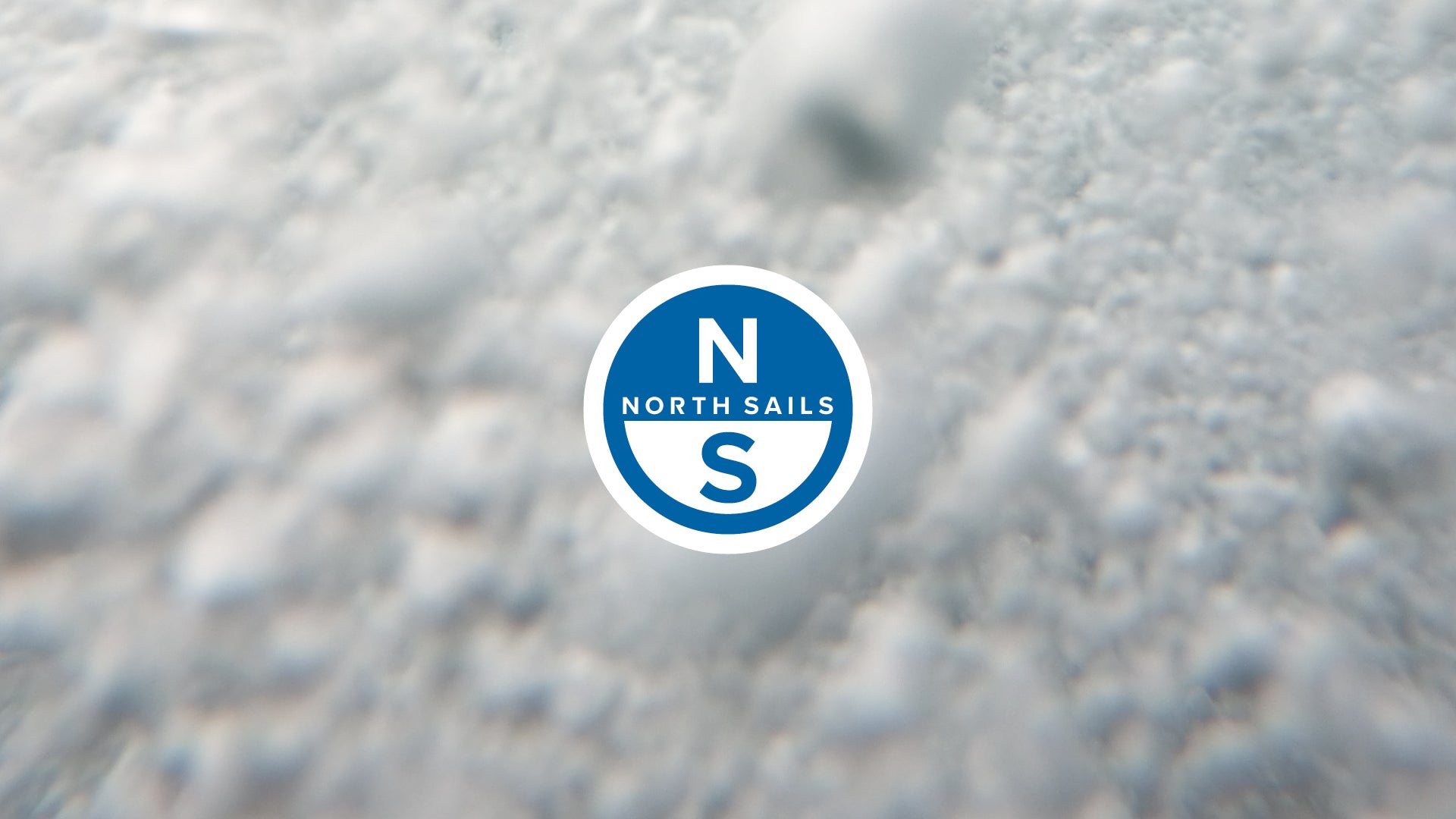ENTERPRISE TUNING GUIDE
This tuning guide has been prepared to help you get the most out of your North Sails as quickly as possible. It is meant as a starting point only, as we cannot cover all options and techniques. Feel free to modify and experiment in small steps to find what suits you best. If you find a settings that really work well, please keep us informed.
Mast Preparation
Ensure all sheaves are free running and the rigging is clean prior to stepping the mast.
SPREADERS
Spreader Angle: Measure from spreader tip to tip.
Super Spar M2 Sleaved – 780 mm
Proctor D+ – 760 mm
Spreader Length: Measure from spreader tip to wall of mast.
Super Spar M2 Sleaved – 410mm
Proctor D+ – 410mm
Rig Tension / Mast Rake
Rig tension is measured on the shrouds with a 3mm wire gauge. Mast rake is measured from top of mast to the centre of the transom. For sailing in all conditions the rig should be set up with Jib hoisted and tension fully on:
Rig Tension: 400lbs
Mast Rake: 6470mm
This should make the mast straight with no Mainsail hoisted.
Mainsail
Ensure the Mainsail is fully hoisted – halyards do stretch.
Battens
Battens should be left in the sail at all times and whilst not afloat, the sail should be rolled down the leech, parallel to the battens.
Cunningham
This is used to position draft in the sail. Do not use any Cunningham until you become overpowered in heavy airs, then pull Cunningham on progressively harder as the breeze increases. This will move the draft of the sail forward in the top and de-power the upper leech.
Outhaul
Beating: In light and heavy airs the foot of the sail should be pulled tight. In medium airs, ease approximately 12mm.
Running: Keep the foot tight in all conditions.
Reaching: Ease fully in medium conditions, in light airs ease 25mm and in heavy airs pull out tight.
Jib
To find Jib lead position, follow the sheeting angle through the Jib clew. This should divide the Jib luff approximately in half. When sailing upwind in a Force 3, all the tell tales should break together. In medium/heavy airs, the Jib should be sheeted hard to maximise pointing ability.
In lighter conditions the Jib sheet needs to be eased approximately 12mm to keep the top of the leech open. Once a fairlead position has been found, use it in all conditions with very heavy airs, then move back 25mm. This will flatten the base of the Jib and open the leech, keeping the boat driving and on her feet.



























